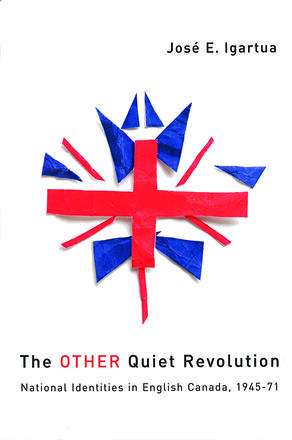
The Other Quiet Revolution
National Identities in English Canada, 1945-71
José Igartua traces the under-examined cultural transformation of English-speaking Canada woven through key developments in the formation of Canadian nationhood, from the 1946 Citizenship Act to the federal multiculturalism policy in 1971.
La description
The Other Quiet Revolution traces the under-examined cultural transformation woven through key developments in the formation of Canadian nationhood, from the 1946 Citizenship Act and the 1956 Suez crisis to the Royal Commission on Bilingualism and Biculturalism (1963-70) and the adoption of the federal multiculturalism policy in 1971. José Igartua analyzes editorial opinion, political rhetoric, history textbooks, and public opinion polls to show how Canada’s self-conception as a British country dissolved as struggles with bilingualism and biculturalism, as well as Quebec’s constitutional demands, helped to fashion new representations of national identity in English-speaking Canada based on the civic principle of equality.
Récompenses
- Winner, Harold Adams Innis Prize, Canadian Federation for the Humanities and Social Science 2006